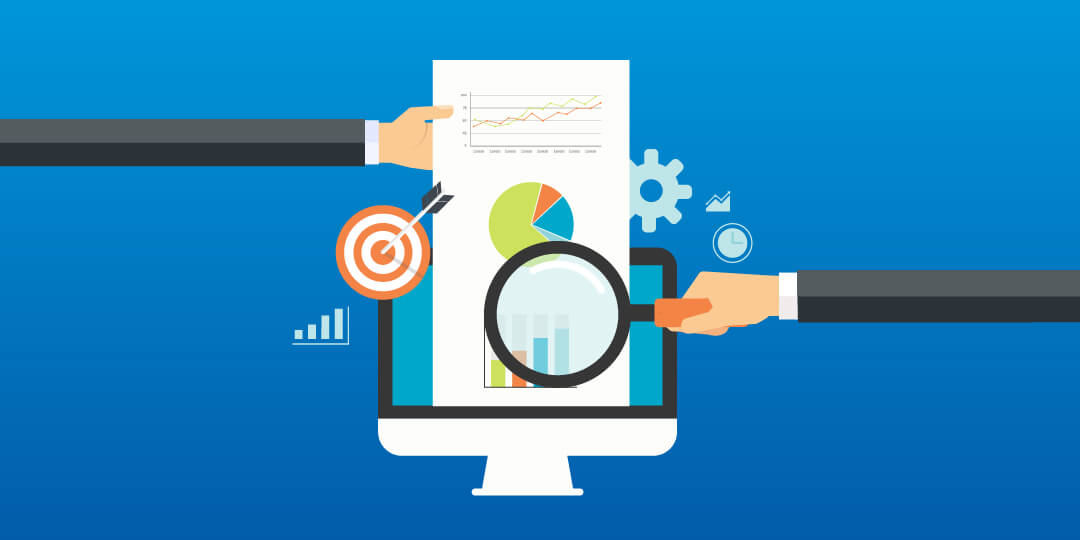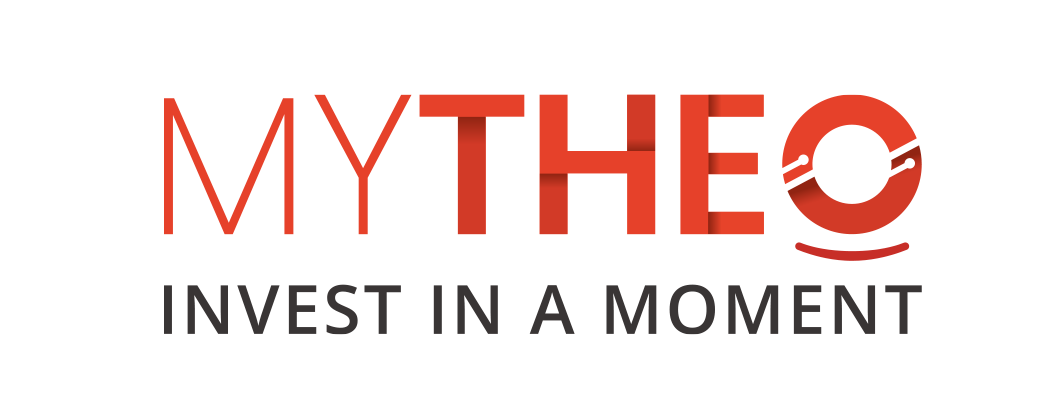Thursday, 13 August 2020
Written by Amirudin Hamid, Portfolio Manager of GAX MD

All three MYTHEO functional portfolios ended the month of July positively despite the US economy shrinking by 32.9% in the second quarter, which was the worst ever economic contraction in US history.
The Growth portfolio rose by 1.72% whilst the Income and Inflation Hedge portfolio increased by 1.20% and 3.56% respectively.
Chart 1: Functional Portfolios' Performances for the month of July 2020
Omakase Income is simply a portfolio made up of a 100% allocation into our Income functional portfolio (refer to image below). By selecting our Omakase Income portfolio, you will be invested into our shortlisted range of Income ETFs. Further information of these ETFs can be found on Learning Centre Page.

Source: GAX MD Sdn Bhd
Note: Past performance is not an indication of future performance
It must be noted that, the actual portfolio returns to the investors is the combined weighted return from the allocation to each functional portfolio. The allocation will depend on each individual investor’s risk and investment profile. For example, if an investor has an equal allocated weightage ie 33.3% in Growth, 33.3% in Income and 33.3% in Inflation Hedge, the actual portfolio return is (33.3% x 1.72%) + (33.3% x 1.20%) + (33.3% x 3.56%) = 2.16%.
GROWTH portfolio up by 1.72% in MYR
The Nasdaq market’s strong performance has brought a positive impact on MYTHEO's Growth portfolio. QQQ is the second largest holding in the portfolio with a weightage of 15.20%. The ETF surged a further 6.17% in July after its substantial investments such as Facebook, Amazon, Apple and Alphabet reported financial performances that beat analyst forecasts and overwhelmed investors.
Also, MYTHEO invests in Brazilian (EWZ) and Indian stocks (EPI) which did better than QQQ after gaining 11.90% and 8.63% respectively. However, the weightages of these ETFs are smaller because of their sizes and liquidities.
EWZ is highly exposed to commodities and is a direct beneficiary of the surge in commodity prices. Meanwhile, EPI maintains its positive trajectory due to an increase in foreign investment flows following the move by the FTSE to increase the weightage of the Indian market on all its Global Indices since June 22 this year.
On the less positive side, Frontier Market (FM) dropped by 2.65%, which was dragged by the negative share price performances of banking stocks in the Middle East. Banks were affected by the announcement of a massive dividend cut to maintain compliance with the capital adequacy requirement due to the coronavirus pandemic.
The banking sectors in Kuwait, Bahrain and Qatar accounted for slightly above 20% of the total exposure in FM.
Elsewhere, Hong Kong shares (EWH) dropped by 2.30% after President Trump signed an executive order that ended the special trade treatment with Hong Kong on 15 July 2020.
INCOME portfolio rose 1.20% in MYR
The strong performances of the broad equities market and the Nasdaq market were picked as the media headlines in July. As a result, very few investors were aware that the US bond yield had also reached a new all-time low.
In bond market, yield and bond prices are inversely correlated. Hence, all-time low yields meant that the US bonds were trading at all-time high too.
Chart 2: The US 10-year bond yields from January 2010 to July 2020

As you can see from the chart above, the US 10-year bond yield has been trending downwards for few decades. At the end of July, the bond yield traded to a new record low of 0.533%, as investors continued to buy more on expectations that the interest rate will not rise anytime soon.
Typically, bonds with longer durations and higher risks are more sensitive to the yield movements. As such, long-term bonds with more than 20 years to maturity (TLT), high risks bonds (HYG) and short-term high risks bond (SJNK) rose the most with returns of 3.29%, 3.91% and 2.78%, respectively.
On the contrary, investors’ appetite towards assets that are less sensitive to the interest rate became more muted. As a result, assets such as mortgage bonds (MBB) and medium-term government bonds (IEI) were down by 0.81% and 0.72% respectively.
INFLATION HEDGE rose by 3.56% in MYR
Commodities are considered riskier asset classes and tend to have a positive correlation with the performance of the equities market. As such, it was of little surprise to see a rally in commodities following the strong rally in the equities market.
Furthermore, commodity prices have been surging as investors anticipate that demand may revive after the world economy reopens.
Chart 3: Return of Major Commodities in the month of July 2020

Therefore, ETFs related to commodities in MYTHEO’s holdings, which include Gold (IAU), Metal (DBB) and Agriculture (DBA), were all up by 9.79%, 6.53% and 3.85% respectively.
All holdings in the Inflation Hedge portfolio had positive absolute returns. The laggards within the portfolio were the less volatile ETFs, such as global infrastructure (IGF), international real estate (RWX) and inflation hedge bonds (TIP), which rose by 1.10%, 1.13% and 1.20% respectively.
Our Thoughts
All three MYTHEO functional portfolios gained steadily despite the economy being at its worst. The Nasdaq Composite Index, which is heavily weighted to the US technology sector, rose to a new all-time high in July. Moreover, major commodities have also traded higher on the expectations that global demand is not too far away from recovering.
Investors should treat the current market scenario as a lesson to learn how the financial market works. In short, the financial market is not the economy! Markets are forward-looking, whereas the economy is backward-looking. Hence, it is no surprise to see the market and the economy moving in different directions.
More importantly, the financial market tends to move much earlier before the actual economic recovery can be seen and felt. Therefore, a weak economic situation should not be an excuse for one to not invest. Such excuses would only cause more losses than benefits.
That is why we strongly advise investors to invest consistently rather than trying to time the market. Always remember that the best time to invest was yesterday and next best time is always now.



